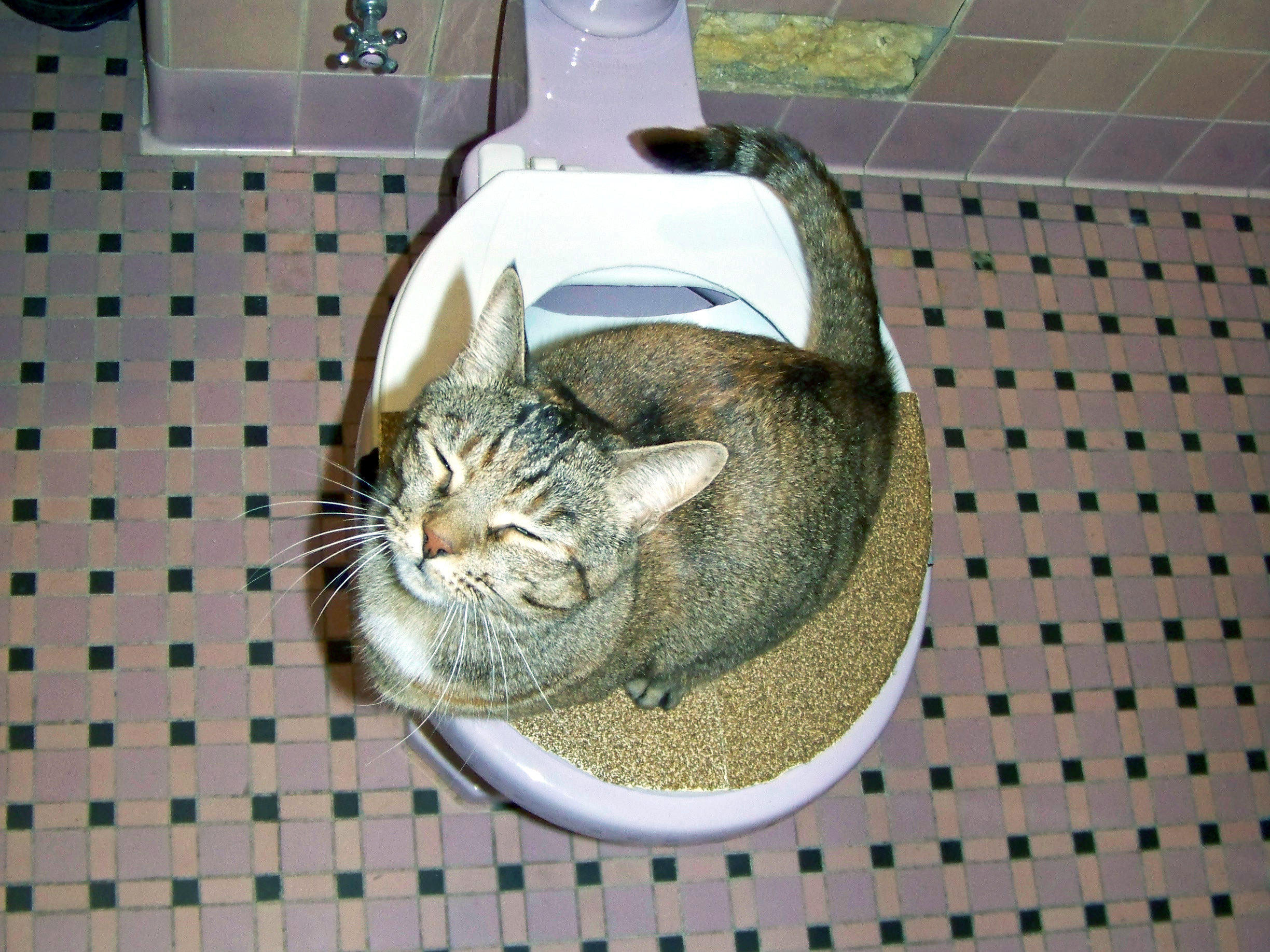This great article listed below on the subject of Don’t flush cat feces down the toilet is without a doubt informative. Don't miss it.

Intro
As cat owners, it's essential to be mindful of exactly how we get rid of our feline buddies' waste. While it may seem practical to flush pet cat poop down the bathroom, this technique can have detrimental effects for both the environment and human health and wellness.
Environmental Impact
Purging cat poop introduces harmful microorganisms and bloodsuckers right into the water supply, presenting a substantial threat to aquatic communities. These pollutants can adversely influence aquatic life and compromise water quality.
Health and wellness Risks
Along with ecological issues, purging pet cat waste can also present wellness risks to people. Pet cat feces may include Toxoplasma gondii, a bloodsucker that can create toxoplasmosis-- a potentially serious health problem, specifically for pregnant ladies and people with damaged immune systems.
Alternatives to Flushing
Luckily, there are more secure and more responsible methods to take care of cat poop. Consider the complying with options:
1. Scoop and Dispose in Trash
One of the most typical method of dealing with feline poop is to scoop it into a naturally degradable bag and toss it in the garbage. Make sure to utilize a specialized clutter inside story and take care of the waste without delay.
2. Use Biodegradable Litter
Choose biodegradable cat litter made from materials such as corn or wheat. These litters are environmentally friendly and can be securely disposed of in the garbage.
3. Hide in the Yard
If you have a backyard, take into consideration hiding pet cat waste in a marked location away from vegetable gardens and water resources. Make certain to dig deep adequate to avoid contamination of groundwater.
4. Set Up a Pet Waste Disposal System
Purchase a family pet garbage disposal system particularly developed for cat waste. These systems use enzymes to break down the waste, reducing smell and ecological effect.
Conclusion
Responsible pet possession expands past supplying food and shelter-- it also involves correct waste monitoring. By refraining from flushing pet cat poop down the commode and choosing alternative disposal techniques, we can minimize our ecological impact and safeguard human health.
Why Can’t I Flush Cat Poop?
It Spreads a Parasite
Cats are frequently infected with a parasite called toxoplasma gondii. The parasite causes an infection called toxoplasmosis. It is usually harmless to cats. The parasite only uses cat poop as a host for its eggs. Otherwise, the cat’s immune system usually keeps the infection at low enough levels to maintain its own health. But it does not stop the develop of eggs. These eggs are tiny and surprisingly tough. They may survive for a year before they begin to grow. But that’s the problem.
Our wastewater system is not designed to deal with toxoplasmosis eggs. Instead, most eggs will flush from your toilet into sewers and wastewater management plants. After the sewage is treated for many other harmful things in it, it is typically released into local rivers, lakes, or oceans. Here, the toxoplasmosis eggs can find new hosts, including starfish, crabs, otters, and many other wildlife. For many, this is a significant risk to their health. Toxoplasmosis can also end up infecting water sources that are important for agriculture, which means our deer, pigs, and sheep can get infected too.
Is There Risk to Humans?
There can be a risk to human life from flushing cat poop down the toilet. If you do so, the parasites from your cat’s poop can end up in shellfish, game animals, or livestock. If this meat is then served raw or undercooked, the people who eat it can get sick.
In fact, according to the CDC, 40 million people in the United States are infected with toxoplasma gondii. They get it from exposure to infected seafood, or from some kind of cat poop contamination, like drinking from a stream that is contaminated or touching anything that has come into contact with cat poop. That includes just cleaning a cat litter box.
Most people who get infected with these parasites will not develop any symptoms. However, for pregnant women or for those with compromised immune systems, the parasite can cause severe health problems.
How to Handle Cat Poop
The best way to handle cat poop is actually to clean the box more often. The eggs that the parasite sheds will not become active until one to five days after the cat poops. That means that if you clean daily, you’re much less likely to come into direct contact with infectious eggs.
That said, always dispose of cat poop in the garbage and not down the toilet. Wash your hands before and after you clean the litter box, and bring the bag of poop right outside to your garbage bins.
https://trenchlesssolutionsusa.com/why-cant-i-flush-cat-poop/

I hope you enjoyed reading our post on Can You Flush Cat Poop Down The Toilet?. Thank you for spending some time to read our blog. Sharing is caring. Helping others is fun. I treasure reading our article about Can You Flush Cat Poop Down The Toilet?.
Call Today